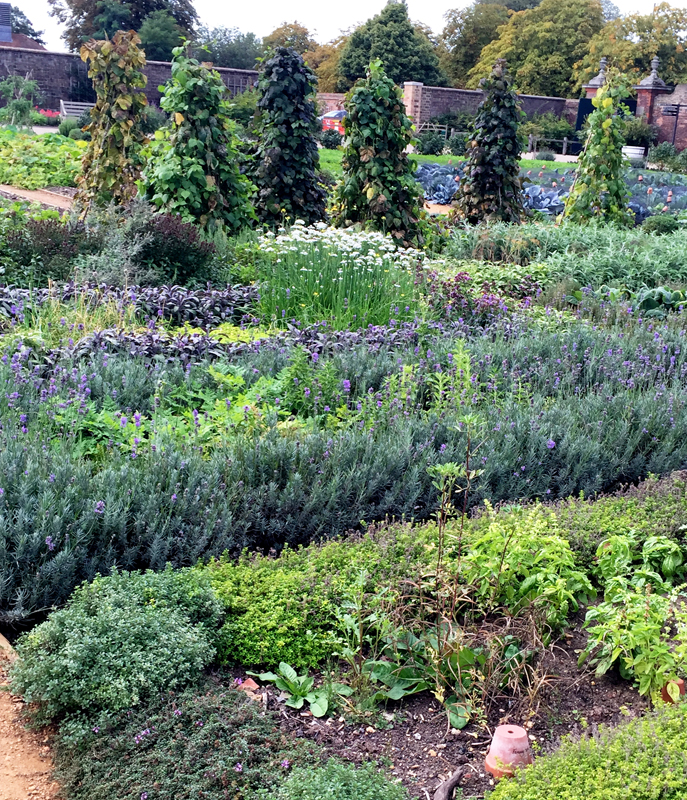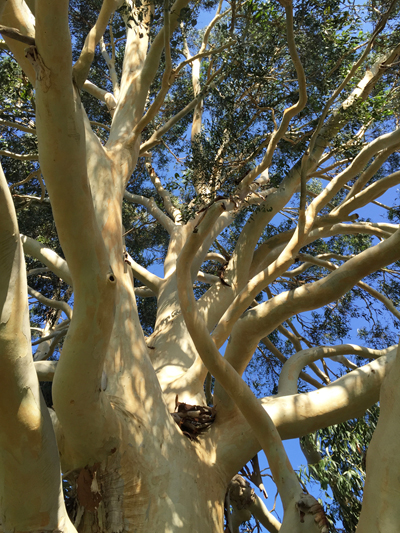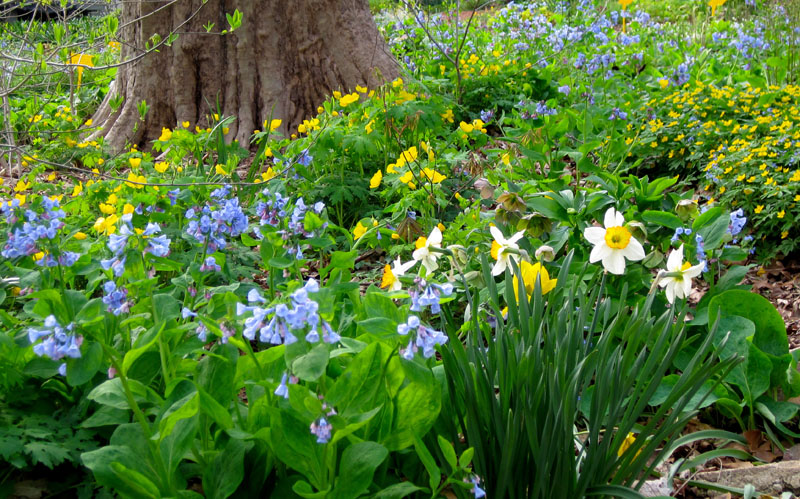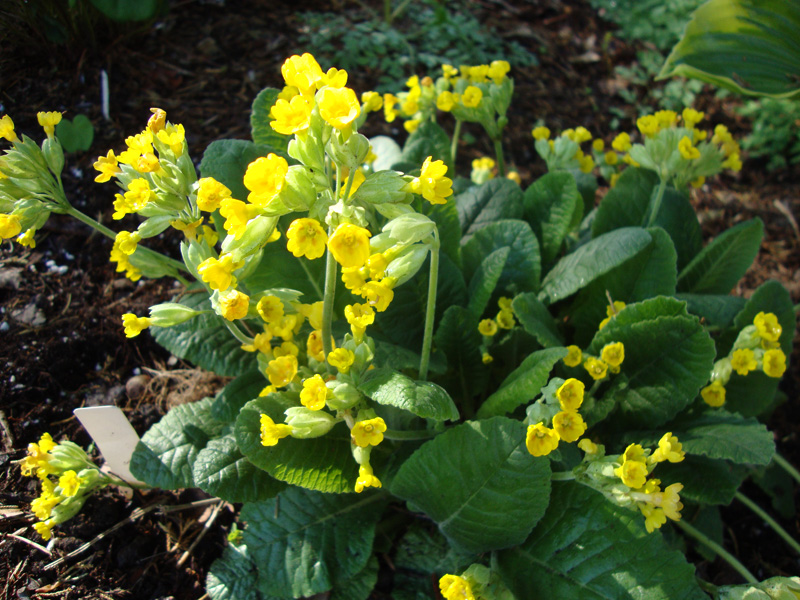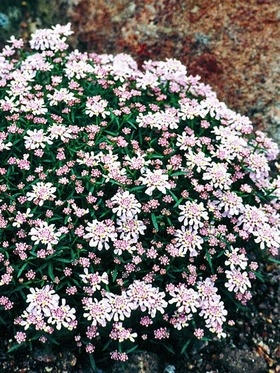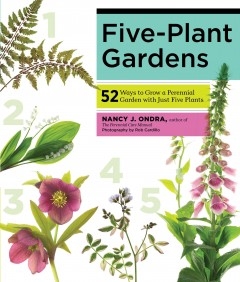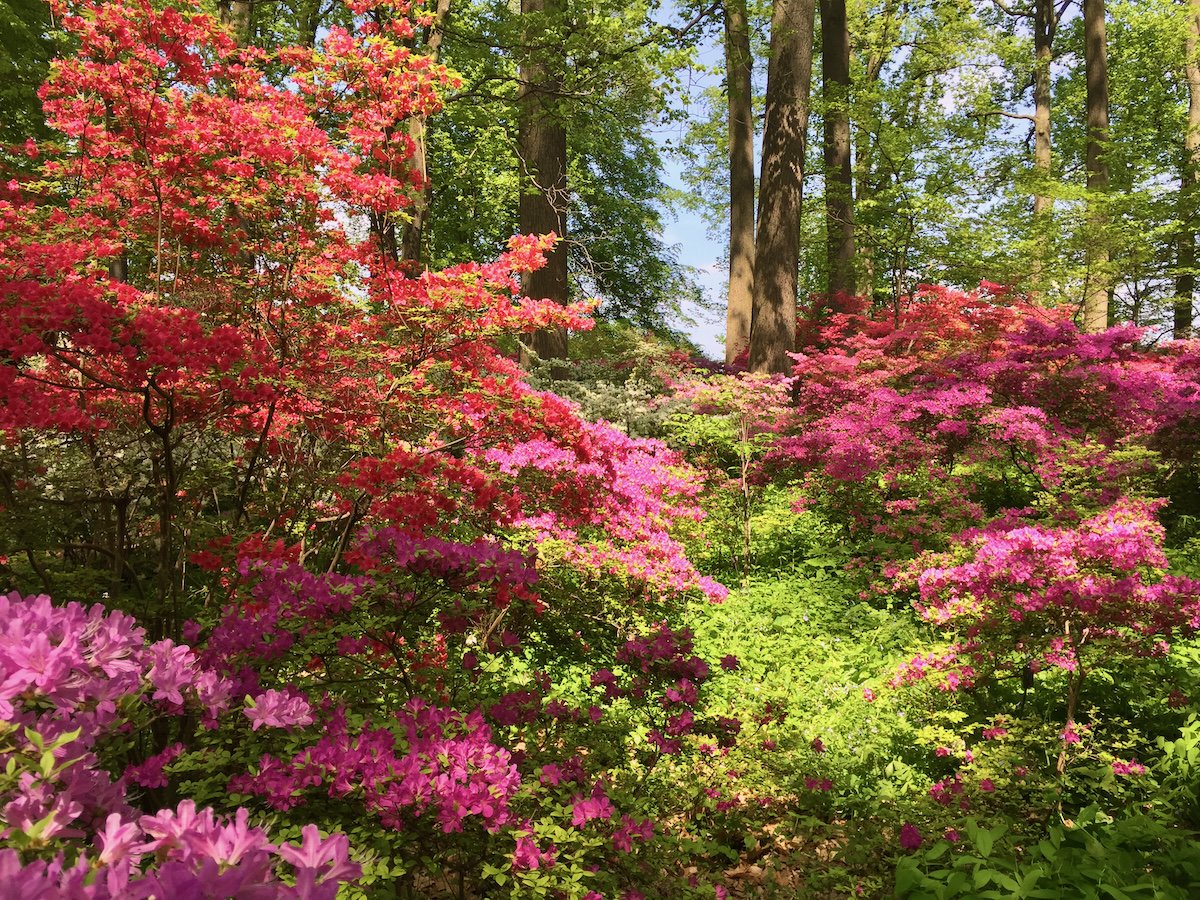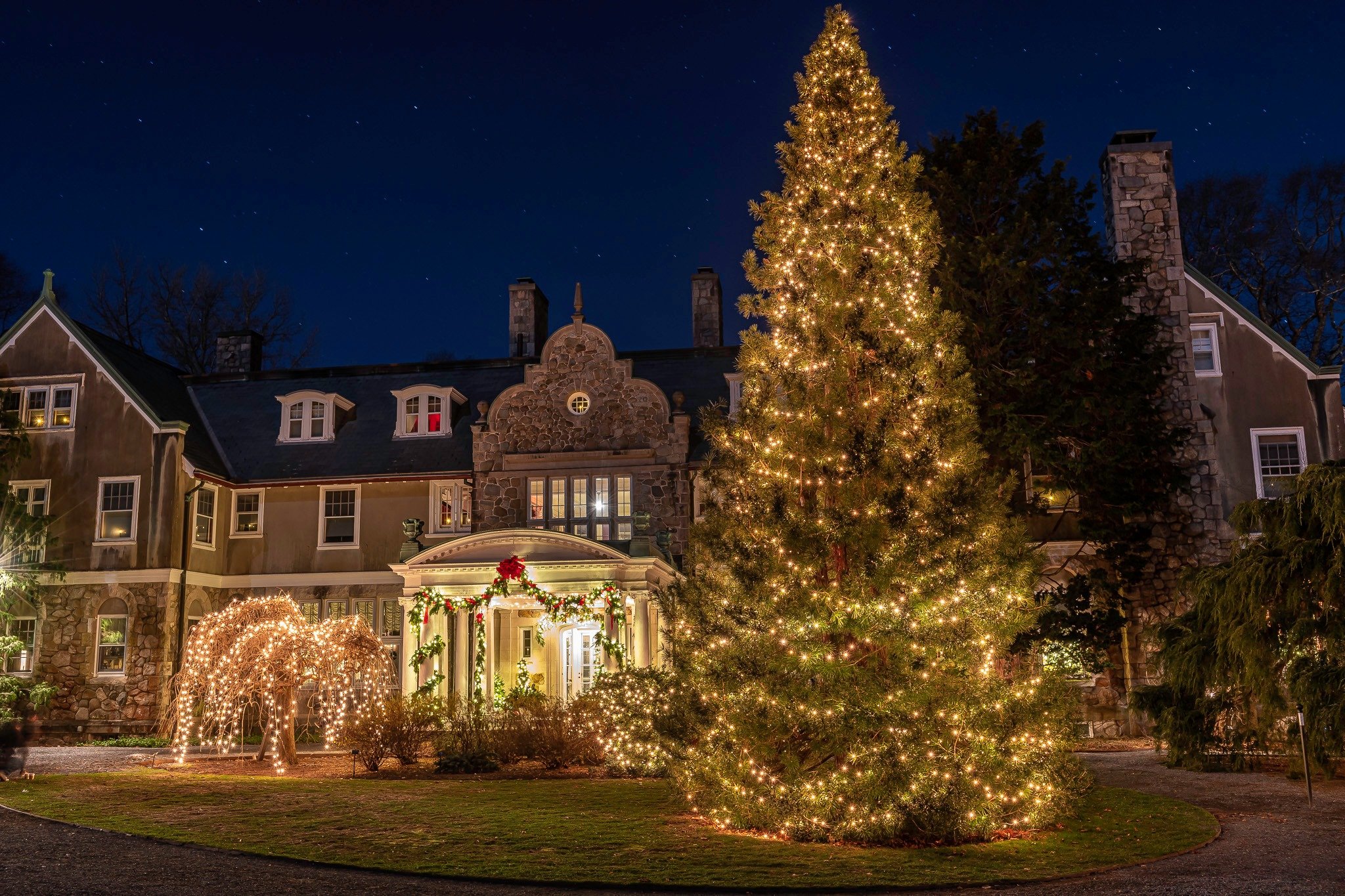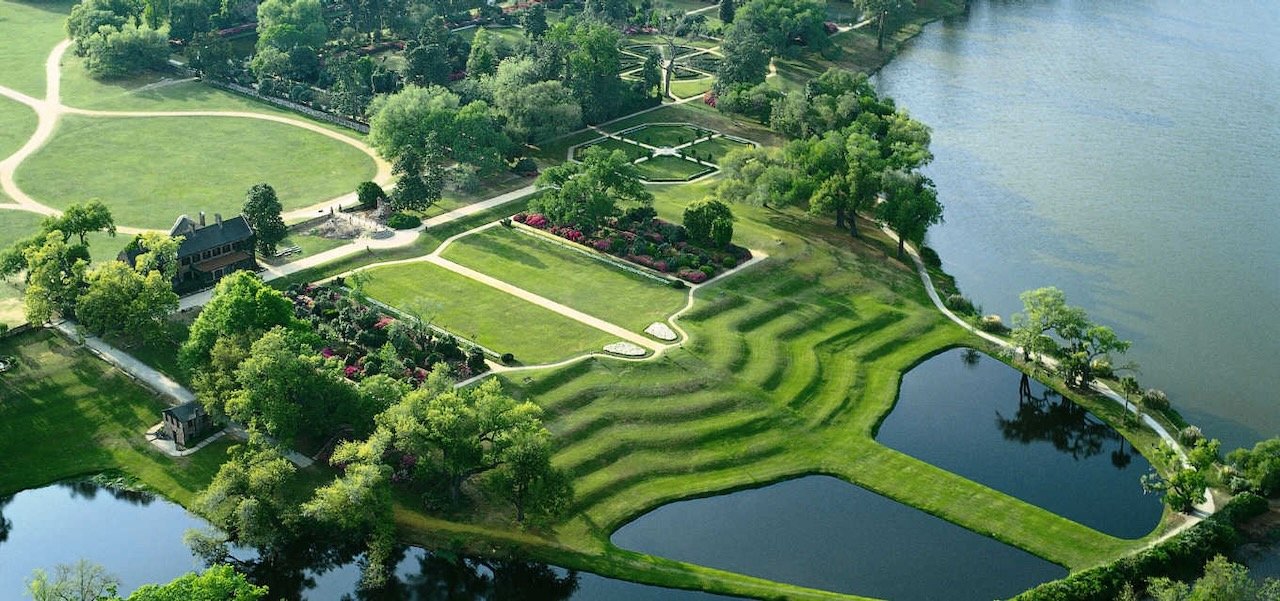Flower Show Fever
/By late February, most gardeners are just itching to be surrounded by green foliage and fragrant flowers. Seed trays beckon at Home Depot, though it's way too early to start most seeds indoors. You can feel the magnetic pull of primroses at the grocery store. You visit nurseries with greenhouses just to be around plants. Even though it's been a mild winter, cabin fever is rampant.
It's no wonder that flower shows are thronged in late February and March. This year I squeezed in both the Rhode Island and Connecticut flower shows into a two-day flower show marathon. Both shows are held during the same weekend every year, which coincides with the end of February school vacation. Both are smaller than the Boston Flower Show, but feature landscape displays, floral arranging competitions, horticulture exhibits, lectures and vendors.
This year's theme of the Rhode Island show was "Spring Fling" - delighting all the senses. Visitors could "see" and "smell" the flowers, "touch" spring's bounty through interactive exhibits, "hear" a variety of live musical performances, and "taste" goodies prepared by local chefs through a new "Garden to Table" culinary series. One of our favorite exhibits was this "She-Shed" pictured above - everyone needs one of those!
We heard several entertaining and informative talks, including one on the garden design process, Roger Swain's "Vegetables for All", rose gardening in New England, and how to adorn the garden with trees, art and stonework.
Both the Rhode Island and Connecticut shows are held in large convention centers with attached parking garages, and are easy to access from the interstates. They both offer refreshments and lots of shopping options. The Rhode Island show was heavier on jewelry and home improvement vendors, and we were accosted by gutter guard salesmen at least 3 times.
The Connecticut Show was located in a larger hall, and as a result the landscape exhibits were larger in scale and complexity.
Several exhibits were geared toward children, such as this whimsical garden tea party.
Others illustrated beautiful use of stone, water and decorative objects. The Connecticut Show had three lecture halls with simultaneous seminars all day, so there was more content to choose from. I learned more about roses and was entertained by the headliner Mar Jennings, a self-described "America's top lifestyle expert" and TV host who illustrated "Casual Luxury" in the garden.
The best feature of the Connecticut Show were the 300+ exhibitors, many of whom actually sold PLANTS, garden tools, and garden decorations. Needless to say, I saw no one departing empty handed. So mark your calendars for the third weekend in February 2017 and look forward to this respite from winter!














